The Most Painful Insect Stings In The World
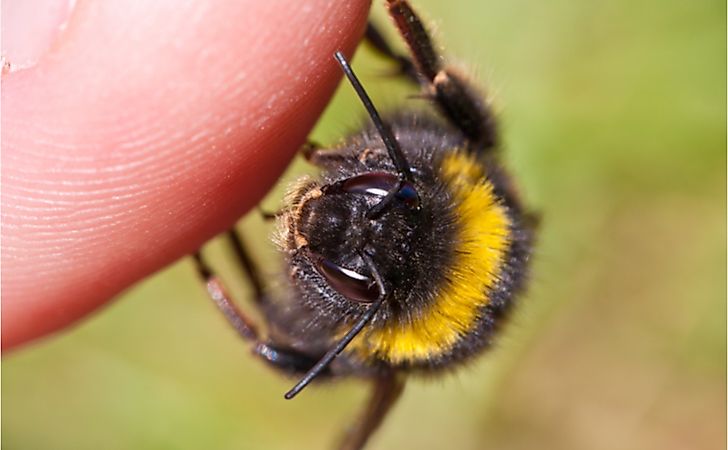
In nature, every organism is equipped with some defense mechanism that keeps it safe from predators or other challenges. For many insects, their stings are their primary defense system. Insects use their stings to paralyze their prey or thwart predators. Some of these insects do not sting unless provoked while others are more aggressive. Sometimes humans also become victims of these insect stings some of which can be extremely painful or even lethal. To rate the level of pain caused by the insect stings, Justin O. Schmidt, an American entomologist, developed the "Schmidt Pain Scale for Stinging Insects." It is a 4-point system using the sting of the common honey bee as standard. It is given a rating of 2. Stings with a pain level lower than 2 are less painful than the sting of the honey bee. Those above 2 and up to 4 are considerably more bothersome. Over the years, 83 species were evaluated and the pain levels of their stings has been placed on the index. Some insects have been picked out from the scale including the most painful ones with a pain level of 4 by Business Insider to create a list of the worst stings in the world. The insects with the deadliest stings have been mentioned below.
10. Warrior Wasp -
Synoeca septentrionalis or the warrior wasp is not to be messed with. This eusocial swarm-founding insect lives in the dense tropical rainforests of Central and South America. It delivers the most painful sting of any organism on Earth. It scores a full 4 out of 4 on the pain scale. The sting of this wasp is described as "traumatically painful" and often requires medical attention. These wasps have complex nesting and defense mechanisms that have been studied in great detail.
9. Bullet Ant -
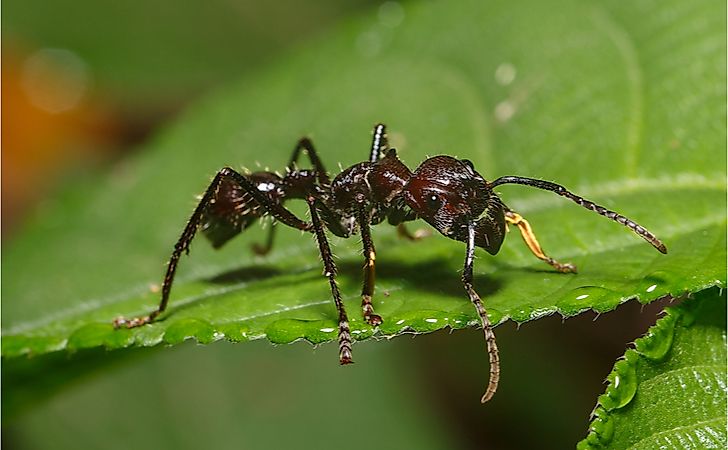
The Paraponera clavata or the bullet ant could not have a more appropriate name. It has a sting so potent that it can make even the bravest jump in agony as if shot by a bullet. It is an ant species living in the lowland rainforests of Central and South America. Hundreds of these ants form a colony that lives near tree bases. Nectar and smaller insects are their main food. Like the warrior wasp, the sting of the bullet ant also scores a full 4 on Schmidt's sting pain index. The sting can cause all-consuming pain that can continue up to 24 hours. Edema, tachycardia, lymphadenopathy, and blood in feces are common symptoms. The sting of these ants contains a paralyzing neurotoxic peptide that is being investigated for possible medical applications.
Although most who know about the bullet ant would never approach it, there is an indigenous tribe called Sateré-Mawé in Brazil who use intentional bullet ant stings as part of their initiation rights to become warriors. The ants are first immersed in a sedative to make them unconscious and then woven into leaf gloves with their stingers facing inwards. The men who desire to become warriors must put their hands into the gloves for a full five minutes. They endure extreme pain for days due to the venomous sting delivered by these ants. The ritual must be repeated several times so that only the brave ones will emerge as warriors.
8. Tarantula Hawk -
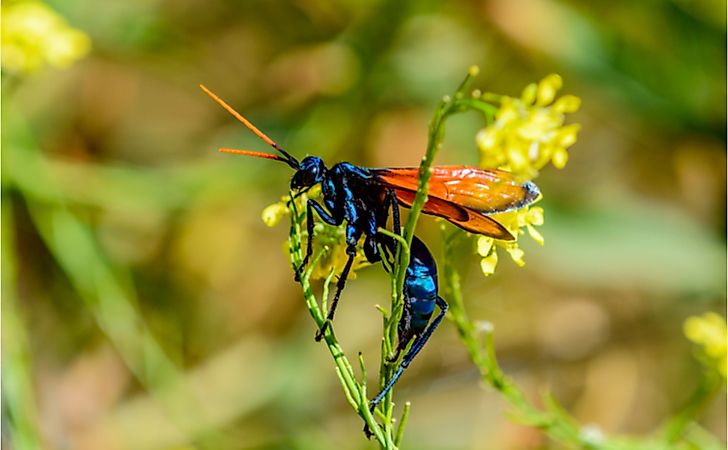
Neither a hawk nor a tarantula, the tarantula hawk is a spider wasp that preys on tarantulas. These insects belong to the genera Pepsis and Hemipepsis. They sting their prey (tarantulas) to paralyze them and then drag them to their nest where they lay their eggs on the prey. Once the eggs hatch into larvae, they start feeding on the still live prey. Adult tarantula hawks, however, are nectarivorous or feed on nectar. These insects are distributed worldwide from Asia to the Americas. Humans are rarely victims of the deadly sting of these wasps. They are docile creatures that do not sting unless threatened. The sting is extremely painful. It shuts down one’s ability to do anything but scream out in agony. The sting of the tarantula hawk also has a pain level of 4.
7. Florida Harvester Ant -
The Pogonomyrmex badius occurs from Florida to North Carolina and west into Mississippi and Louisiana. They are called harvester ants due to their practice of gathering seeds for food which are then stored in flat granaries in their nest full of chambers and channels below the ground. The Florida harvester ant is also known for its extremely painful sting. A fiery pain in the area stung by this ant is accompanied by swelling and redness in the affected area as well as a fever that lasts for more than 24 hours. At least one death has been credited to stings by this species. The unfortunate person was a child from Oklahoma.
6. Velvet Ant -
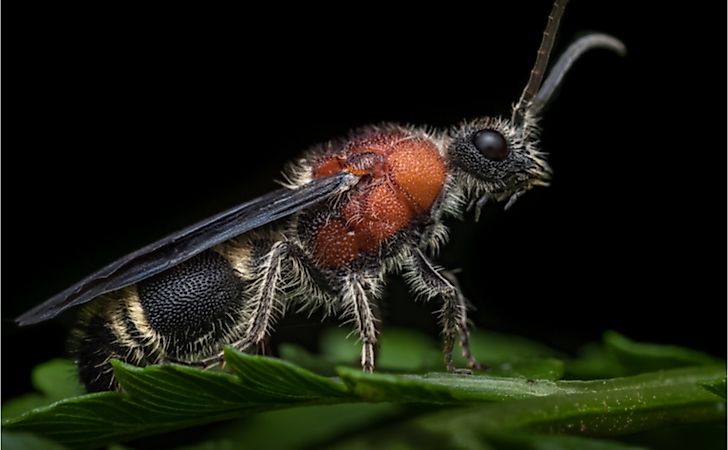
With a pain index of 3, the Dasymutilla klugii or velvet ant is another insect that is known for its painful sting. It is a species from the Mutillidae family and found throughout North America. These insects are, however, rarely encountered, partly due to their rough habitat and also for their elusive nature. Although males of this species are relatively harmless, the females can deliver an impressive sting that can cause pain that lasts for hours.
5. Fierce Black Polybia Wasp -
With a pain level of 2.5, the sting of the Polybia simillima is one of the most painful stings in the world. This eusocial wasp species is found in the forests of Central and South America.
4. Western Yellowjacket -
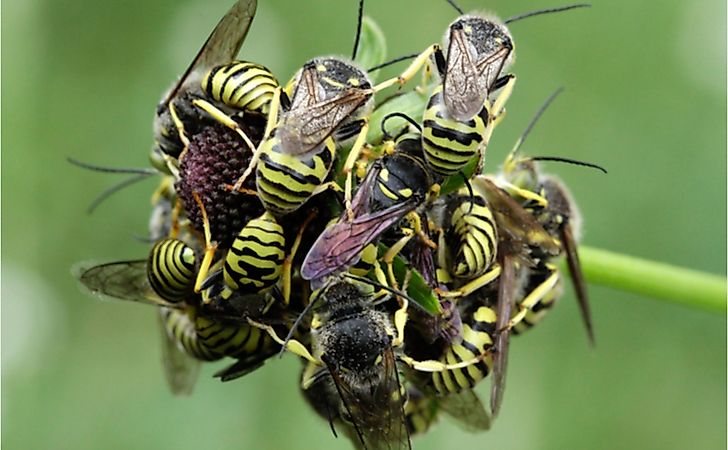
The Vespula pensylvanica is a wasp species native to North America where it is found primarily in locations with northern temperate climate. In many parts of their range, these insects are regarded as pests. They quickly adapt to living near humans and are found in parks and recreational areas and near concentrated garbage heaps. Although these wasps do not usually bite unless provoked, they are fiercely protective of their nests and can turn violent if they see a threat to their home. They often sting repeatedly during such times. Antihistamine ointments and tablets are prescribed to those susceptible to allergic reactions from such stings.
3. Western Honey Bee -
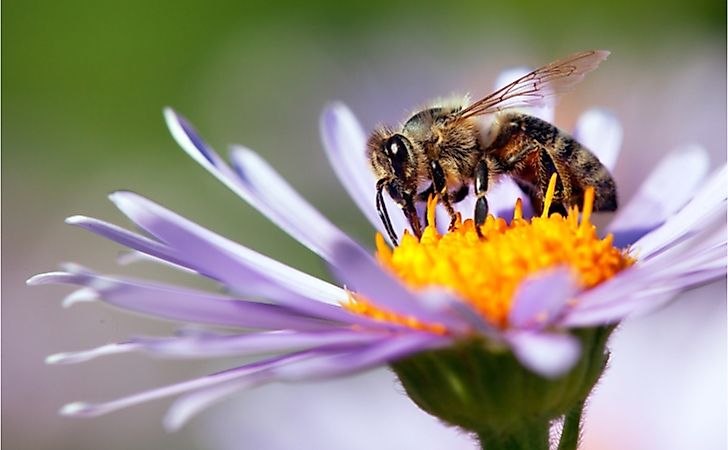
The Apis mellifera or the Western honey bee is the most common honey bee species worldwide. It is found in every continent except Antarctica. It is a eusocial insect living in tens of thousands in individual colonies. It is also one of the first domesticated species. Stings by this honey bee are rated as having a pain level of 2. Cases of people stung by the Western honey bee are also more common due to the widespread distribution of this species.
2. Western Cicada Killer -
The Sphecius grandis also has a painful sting with a pain level of 1.5. This species is endemic to Central America, western US, and Mexico. These insects are not habitually aggressive but sting cicadas for feeding their young. Their venom paralyzes cicadas which are then carried by them to their nests to feed the young. Humans frequently come in contact with these wasps because of the tendency of these insects to nest in gardens and backyards of homes. However, since these insects tend to save their venom for cicada prey, they usually do not sting humans. However, if grabbed or stepped on, they will not shy away from stinging. The pain is described as sharp and numbing. Males of this species are more aggressive than females.
1. Red Fire Ant -
The Solenopsis invicta is regarded as a serious stinging pest in many parts of its range. It has the 10th most painful sting of all insects. It is native to Brazil but is well established in several other parts of the Americas including the US.
The Most Painful Stings In The World
| Rank | Stinging Species | Pain Level |
|---|---|---|
| 1 | Warrior Wasp | 4.0 |
| 2 | Bullet Ant | 4.0 |
| 3 | Tarantula Hawk | 4.0 |
| 4 | Florida Harvester Ant | 3.0 |
| 5 | Velvet Ant | 3.0 |
| 6 | Fierce Black Polybia Wasp | 2.5 |
| 7 | Western Yellowjacket | 2.0 |
| 8 | Western Honey Bee | 2.0 |
| 9 | Western Cicada Killer | 1.5 |
| 10 | Red Fire Ant | 1.0 |











